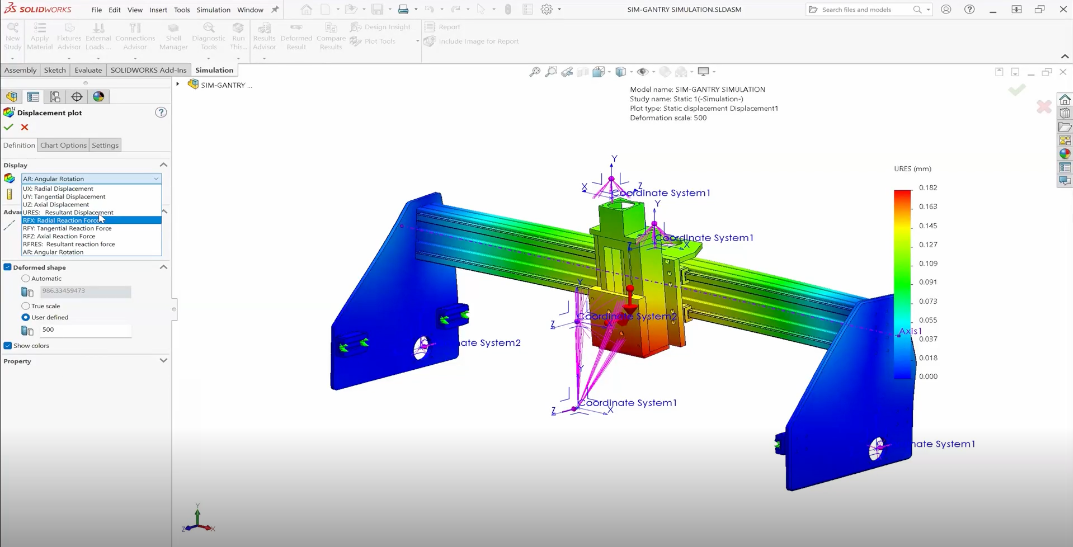Drop testing is, by its nature, very complex and expensive. There’s the time it takes to make design iterations, plus the time to test a variety of different drops and impacts, not to mention the cost of the many prototypes you build just to end up breaking them.
The need for drop testing spans a wide variety of products and industries. We’ve seen many examples for products such as cell phones and computers, however we can easily point to the automotive and aerospace industries as perfect candidates for drop and impact testing. We are now also seeing the emergence of the need for this type of testing for drones, electric vehicles, bottles, and a wide variety of 3D printed products.

Save the Prototypes, Test Virtually
To be able to virtually test and iterate quickly to achieve the best possible design is critical, providing exceptional value for any organization that has products which need to withstand any sort of drop or crash event. The productivity and profit gains in being able to bring a better product to market with limited prototypes is a significant business advantage that should not be ignored.
Physical prototypes are often produced in an ad hoc fashion. What this means is that the physical prototype will often be quite different from the mass-produced product, resulting in drop test results that are markedly different than what happens to the actual mass-produced part. The downstream negative affects of such variances can result in anything from inaccurate tooling to part redesign to warranty issues – showcasing the importance once again of virtual prototyping and the true science behind it.
Simulating drops and impact to deliver a superior product in a short, cost-effective business model should be a goal for any business doing drop testing.
Capabilities of SOLIDWORKS Simulation and SIMULIA
Virtual drop testing with software solutions like SOLIDWORKS Simulation or SIMULIA enables you to validate multiple physics scenarios that happen at high speed and often involve costly physical prototyping, including:
- Large deformation
- Colliding parts and the results on the overall design
- Nonlinear behavior
- Multiple material what if scenarios
- Advanced interactions such as the sloshing of fluid
See Drop Test Simulation in Action
If you would like to learn more about virtual drop testing, check out our recent webinar. Our dedicated simulation expert reviewed and demonstrated the different types of dynamic testing available and how you will yield significant engineering business value by being able to swiftly set up a model, test, and deliver real scientific information back into your design, allowing for the best possible design to be achieved in the fastest, most affordable way, keeping physical prototyping to a minimum.
For more information on simulation possibilities, contact us and our team of experts at Hawk Ridge Systems will walk you through how virtual drop testing can really impact your design process. Thanks for reading!



